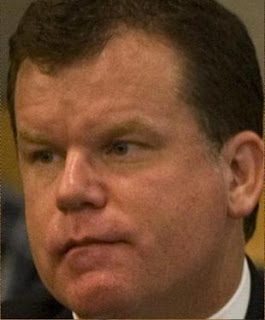A Justice Department report in 1999 showed substantial drops from the peak years to 1999 in the juvenile arrest rates for crimes tracked by the FBI: Murder by juveniles was down 68 percent from 1993 to 1999, to the lowest level since 1966.
The Houston neighborhoods in which Cantu and his accomplices grew up could certainly be described as a dysfunctional community in the late 80s and early 1990s, so how can we execute someone who became a teen criminal in that environment, when there is the alternative of life in prison without parole.
















